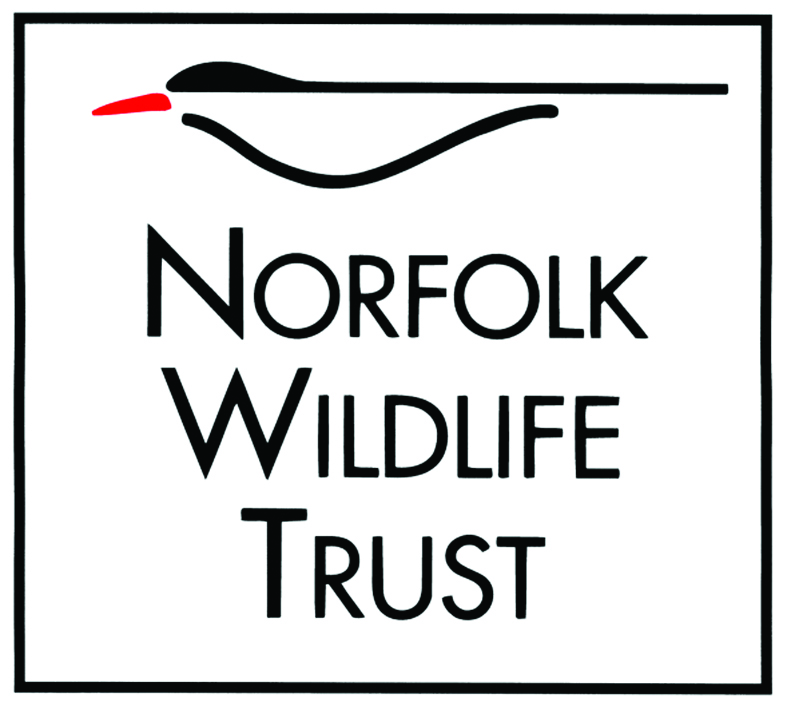Search
Search
Saltmarsh and mudflats
Saltwater marshes and mudflats form as saltwater floods swiftly and silently up winding creeks to cover the marsh before retreating again. This process reveals glistening mud teeming with the…
North Norfolk Local Group
From learning more about our amazing natural heritage, to taking part in conservation work and fundraising for the future – joining a Local Group provides invaluable support for Norfolk's wildlife.
My secret garden
Rowan loves the fresh smell and sight of the buttercups in the wildflower meadows at Besthorpe. It's a special place because there are precious few spots like this where she can spend time…
There could be 'catastrophic damage' to nature if Wash Barrier plans go ahead
Alongside a variety of other conservation charities, we are warning of catastrophic damage to one of the UK's most important wetlands ahead of a public meeting in Hunstanton to discuss a…
Sign up for nature news
Nurturing nature with love
NWT Ambassador Nick Acheson on how bringing back nature across the landscape is an act of love, of nurturing, requiring no less focus or affection than the raising of a child.
Winter wildlife on the North Norfolk coast
The beautiful North Norfolk coast is an internationally important winter refuge for wildlife, and a visit this time of year can be an inspiring experience says Norfolk Wildlife Trust Reserves…
New report highlights need for urgent action to save Norfolk's nature
Today, alongside leading wildlife organisations, we are publishing a landmark State of Nature 2023 report. It shows that nature is continuing to decline at an alarming rate across the UK, which is…
Insect tracks: Listening to the secret rhythms of tiny lives
This hands-on workshop invites you to explore the world of invertebrates through sound, movement, and storytelling.
Blog
No matter what your interest, whether it be farming, gardening or marine life, we have a blog for you! All our blogs are written by people with a passion for nature.
Volunteer spotlight: David North
Meet our volunteer Cley reserve guide, David North.
